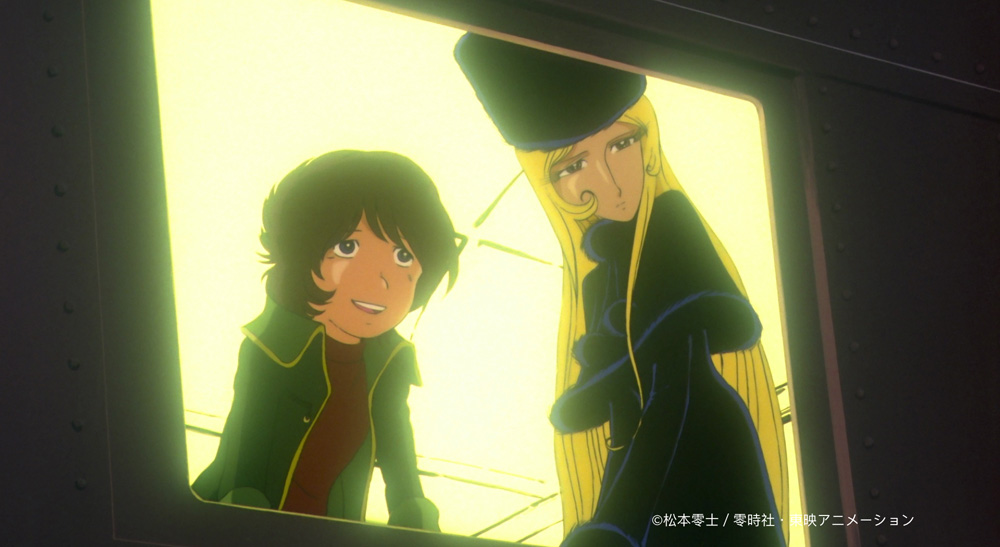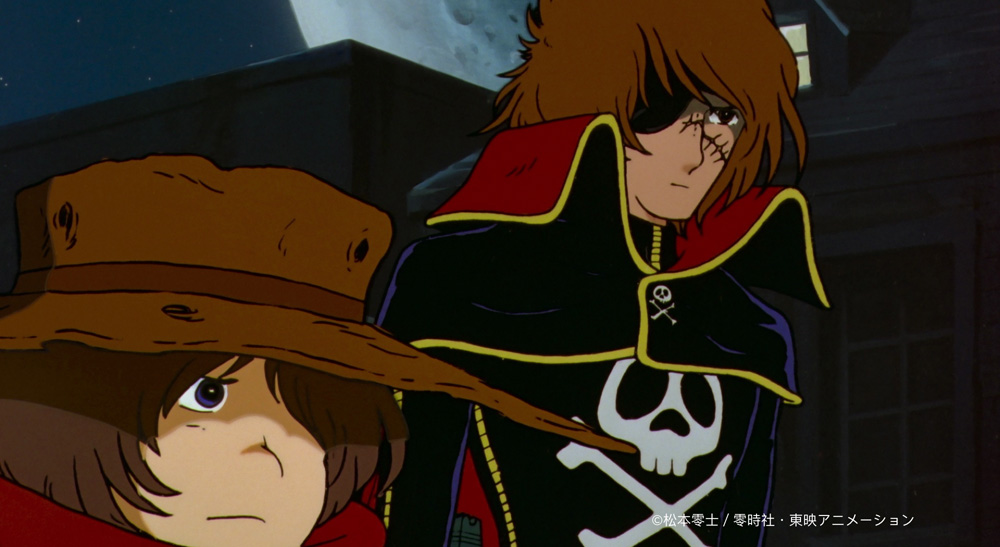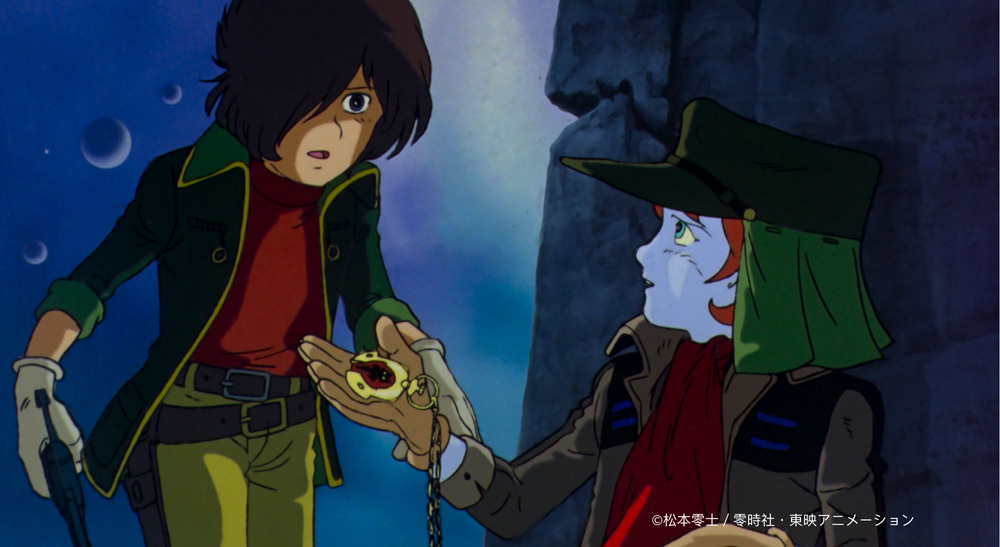Tokyo, Japan – April 11th, 2022 – Blackmagic Design today announced that the classic Japanese animated feature “Galaxy Express 999” and its sequel “Adieu Galaxy Express 999” have been graded and remastered for HDR using DaVinci Resolve Studio editing, grading, visual effects (VFX) and audio post production software. Originally released more than 40 years ago, the films were remastered in 4K HDR for Dolby Vision by Tokyo’s Q-tec, Inc.
Both projects were also remastered as part of production company Toei Animation’s ongoing work to digitally archive and remaster its massive library of content. “Galaxy Express 999″ is a hugely popular science fiction manga written by Leiji Matsumoto, which became a hit with both TV and theatrical animation versions. To also celebrate the long history of the films’ popularity, the two anime features were rereleased in Dolby Cinema theaters, providing an immersive experience for the classic story.
Remastering of the films was done by Q-tec, a post production company with a wide range of experience working on anime projects. Makoto Imatsuka, a senior colorist and manager of the Q-tec technical promotion department, who was also the supervising advisor for this project, said: “The 4K HDR grading was done with DaVinci Resolve Studio. We chose DaVinci Resolve because it has a great color management system and its operability is excellent when producing HDR images.”

“The films were delivered as Dolby Cinema, but we needed to make both HDR and SDR versions as they would also be sold as Blu-Ray. So we had to be careful not to have drastic differences in color or brightness between HDR and SDR,” said Mitsuhiro Shoji, a colorist for the project.
“The process of extracting the transmitted light from the film, which is one of the characteristics of ‘Galaxy Express 999,’ was challenging, but DaVinci Resolve has many parameters to adjust, so once we found the optimal values the process went smoothly. Since these films have been remastered several times as media standards have changed, I made adjustments to make it look clearer than the previous masters, especially in the dark areas. I also graded to preserve the texture of the film, while giving it a new feel as a 4K remaster.”
The final grading was done at Tokyo based post production company IMAGICA, as it needed to be done in a theater that supported Dolby Cinema requirements. “IMAGICA also had DaVinci Resolve Studio, so moving and sharing the project was easy. I could check and make adjustments quickly and it was very efficient. During HDR grading, I added nodes and color coded or marked the adjustment for HDR, which helped me to visually find where actual HDR grades were applied when I created SDR versions. The editing feature was also very helpful since we created several different masters for HDR and SDR, and we could easily create them from the same timeline,” said Shoji.

Both projects were color graded from DPX/LOG files exported from film scans. Imatsuka explained about the animation grading process: “The first priority was to reproduce the original colors faithfully, taking into account the deterioration and fading of the film itself. In the HDR process, we tried to create an effect without disturbing the color balance. Normally, we cannot change the color or overall brightness of a color designed image, so we only adjust the brightness for images that are effective as HDR effects, and not for images that are not effective as HDR.”
“The advantage of HDR is that the colors of the original film can now be seen by the audience,” Shoji added. “For example, I finally understand that the cityscapes and light from gunfire were originally painted with colors like this, which were more vivid and bright compared to old masters.”
“During grading sessions, I constantly worried if it was too flashy or plain, and whether there were any parts that were uncomfortable to watch. However, after the screening, I was finally relieved when the director, Rintaro, said how happy he was about the remastered versions. The films have been seen by many people and gotten very positive reviews. I am grateful to have been involved in this project,” Shoji concluded.

About Blackmagic Design
Blackmagic Design creates the world’s highest quality video editing products, digital film cameras, color correctors, video converters, video monitoring, routers, live production switchers, disk recorders, waveform monitors and real time film scanners for the feature film, post production and television broadcast industries. Blackmagic Design’s DeckLink capture cards launched a revolution in quality and affordability in post production, while the company’s Emmy™ award winning DaVinci color correction products have dominated the television and film industry since 1984. Blackmagic Design continues ground breaking innovations including 6G-SDI and 12G-SDI products and stereoscopic 3D and Ultra HD workflows. Founded by world leading post production editors and engineers, Blackmagic Design has offices in the USA, UK, Japan, Singapore and Australia. For more information, please go to www.blackmagicdesign.com.

